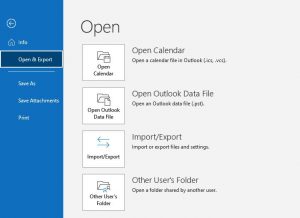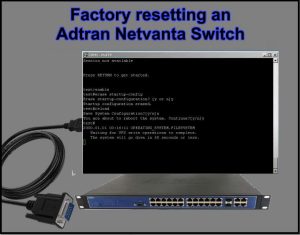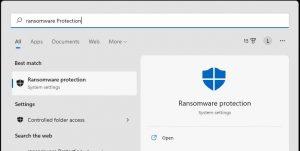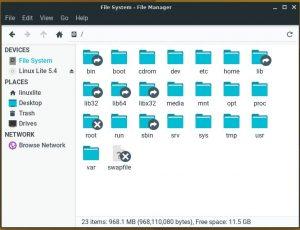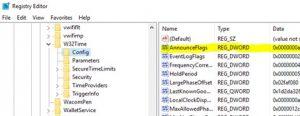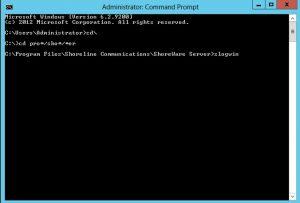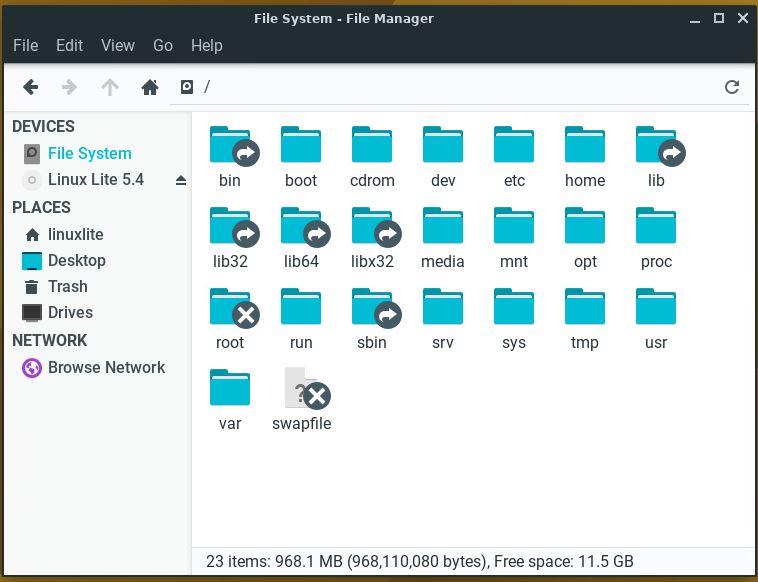
In Windows, almost all programs install their files (all files) in the directory named: ‘Program Files’ This is not the case with the Linux directory structure. The Linux directory structure system categorizes all installed files. Everything is a file, even directories are files, files are files, and devices like mice, keyboards, printers, etc are also files. The Linux directory structure sorts all files
All configuration files are in /etc, all binary files are in /bin or /usr/bin or /usr/local/bin.
Here is the entire directory structure along with what they contain:
/ – Root directory that forms the base of the file system. All files and directories are logically contained inside the root directory regardless of their physical locations.
/bin – Contains the executable programs that are part of the Linux operating system. Many Linux commands, such as cat, cp, ls, more, and tar, are located in /bin
/boot – Which contains the Linux kernel and other files needed by LILO and GRUB boot managers.
/dev – Contains all device files. Linux treats each device as a special file. All such files are located in /dev.
/etc – Contains most system configuration files and the initialisation scripts in /etc/rc.d subdirectory.
/home – Home directory is the parent to the home directories of users.
/lib – Contains library files, including loadable driver modules needed to boot the system.
/lost+found – Directory for lost files. Every disk partition has a lost+found directory.
/media – Directory for mounting file systems on removable media like CD-ROM drives, floppy disks, and Zip drives.
/mnt – A directory for temporarily mounted filesystems.
/opt – Optional software packages copy/install files here.
/proc – A special directory in a virtual filesystem. It contains information about various aspects of a Linux system.
/root – Home directory of the root user.
/sbin – Contains administrative binary files. Commands such as mount, shutdown, umount, reside here.
/srv – Contains data for services (HTTP, FTP, etc.) offered by the system.
/sys – A special directory that contains information about the devices, as seen by the Linux kernel.
/tmp – Temporary directory which can be used as a scratch directory (storage for temporary files). The contents of this directory are cleared each time the system boots.
/usr – Contains subdirectories for many programs such as the X Window System.
/usr/bin – Contains executable files for many Linux commands. It is not part of the core Linux operating system.
/usr/include – Contains header files for C and C++ programming languages
/usr/lib – Contains libraries for C and C++ programming languages.
/usr/local – Contains local files. It has a similar directories as /usr contains.
/usr/sbin – Contains administrative commands.
/usr/share – Contains files that are shared, like, default configuration files, images, documentation, etc.
/usr/src – Contains the source code for the Linux kernel.
/var – Contains various system files such as log, mail directories, print spool, etc. which tend to change in numbers and size over time.
/var/cache – Storage area for cached data for applications.
/var/lib – Contains information relating to the current state of applications. Programs modify this when they run.
/var/lock – Contains lock files that are checked by applications so that a resource can be used by one application only.
/var/log – Contains log files for different applications.
/var/mail – Contains users’ emails.
/var/opt – Contains variable data for packages stored in /opt directory.
/var/run – Contains data describing the system since it was booted.
/var/spool – Contains data that is waiting for some kind of processing.
/var/tmp – Contains temporary files preserved between system reboots.

